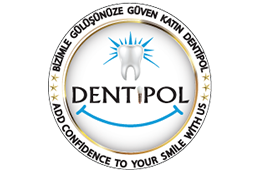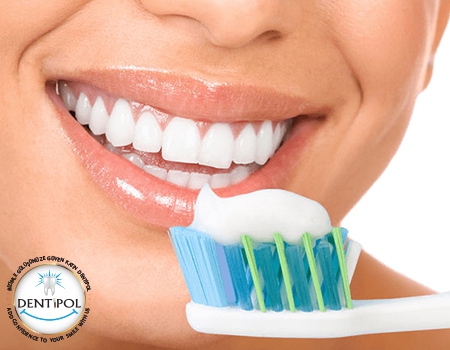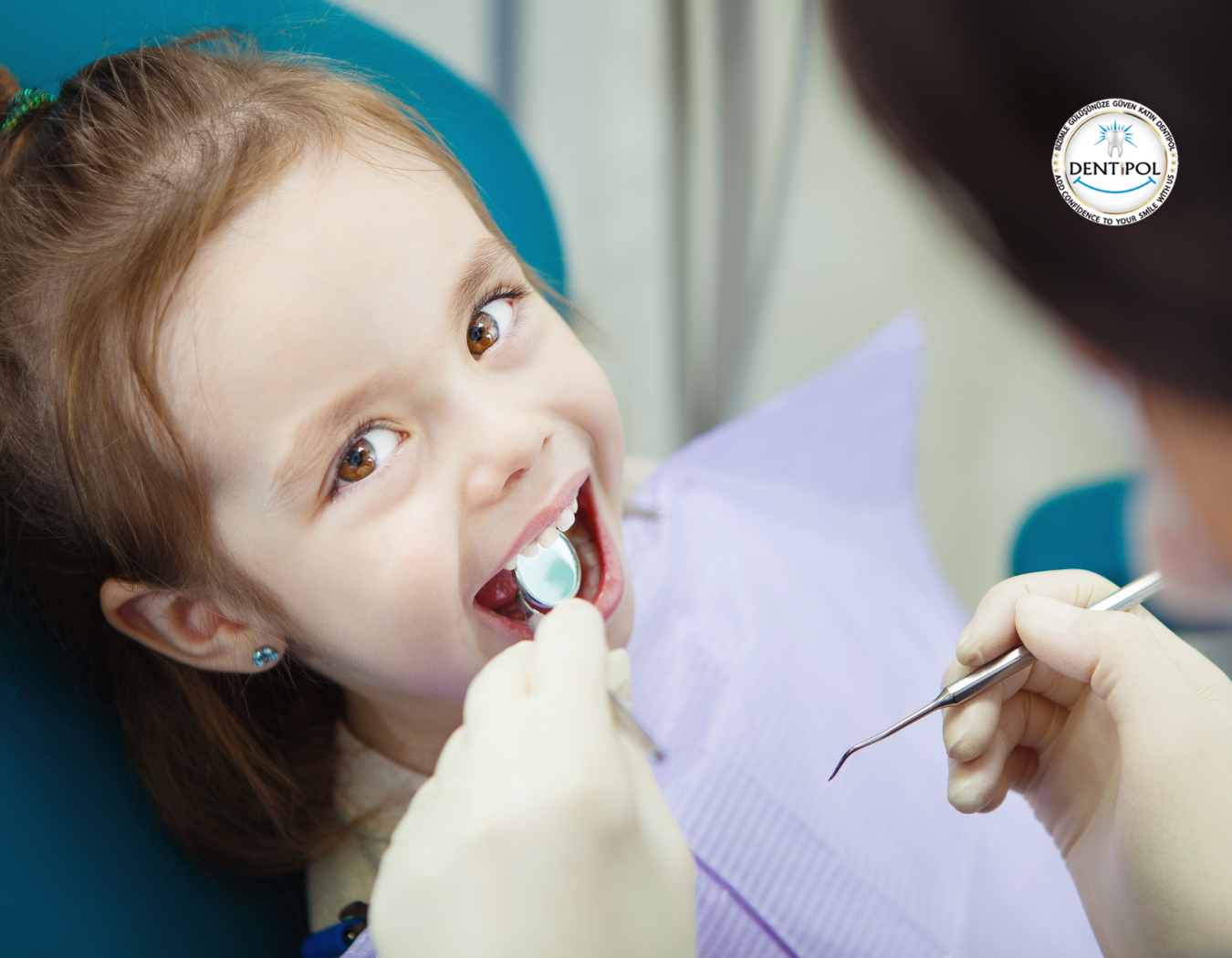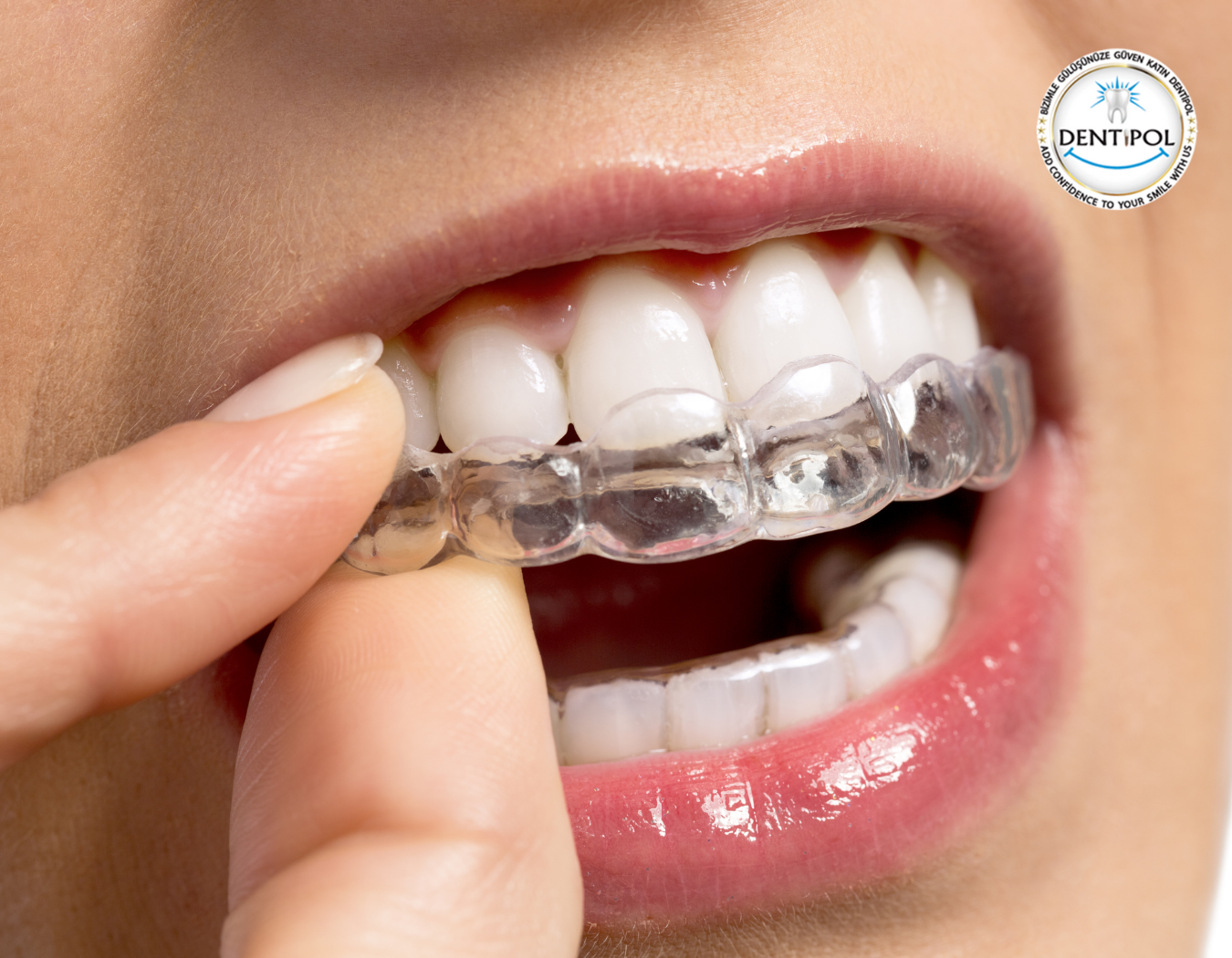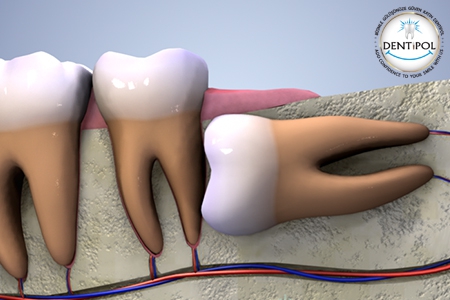ARE WHITENING DENTAL PASTES REALLY EFFECTIVE?
Having white and shiny teeth is everyone's dream and the first to come to mind as the simplest and cheapest method that can be applied to realize this dream are whitening toothpastes.
Abrasives, peroxide and some enzymes have been added to toothpastes as whiteners. Calcium carbonate, dicalcium phosphate dihydrate, alumina, silica, sodium bicarbonate are abrasive particles that we read about in the ingredients of toothpaste. Abrasive particles are necessary substances in toothpastes to remove food residues and dental plaque accumulated on the teeth. Non-abrasive bleaching agents are peroxide, citrate, pyrophosphate, hexametaphosphate, surfactant and enzymes. In addition, hydroxyapatite added to toothpastes collapses into the pits on the tooth enamel, making the teeth look whiter and brighter.
Whitening toothpastes can only affect external coloring. There is no effect on internal coloring.
Most of the toothpastes that are promoted as whitening toothpaste today have an abrasive effect and whiten teeth. Long-term brushing with these toothpastes containing abrasive with large particles erodes tooth enamel and makes it more vulnerable to coloration. As a result, teeth with a thinner enamel layer become sensitive and look yellower than our target.

